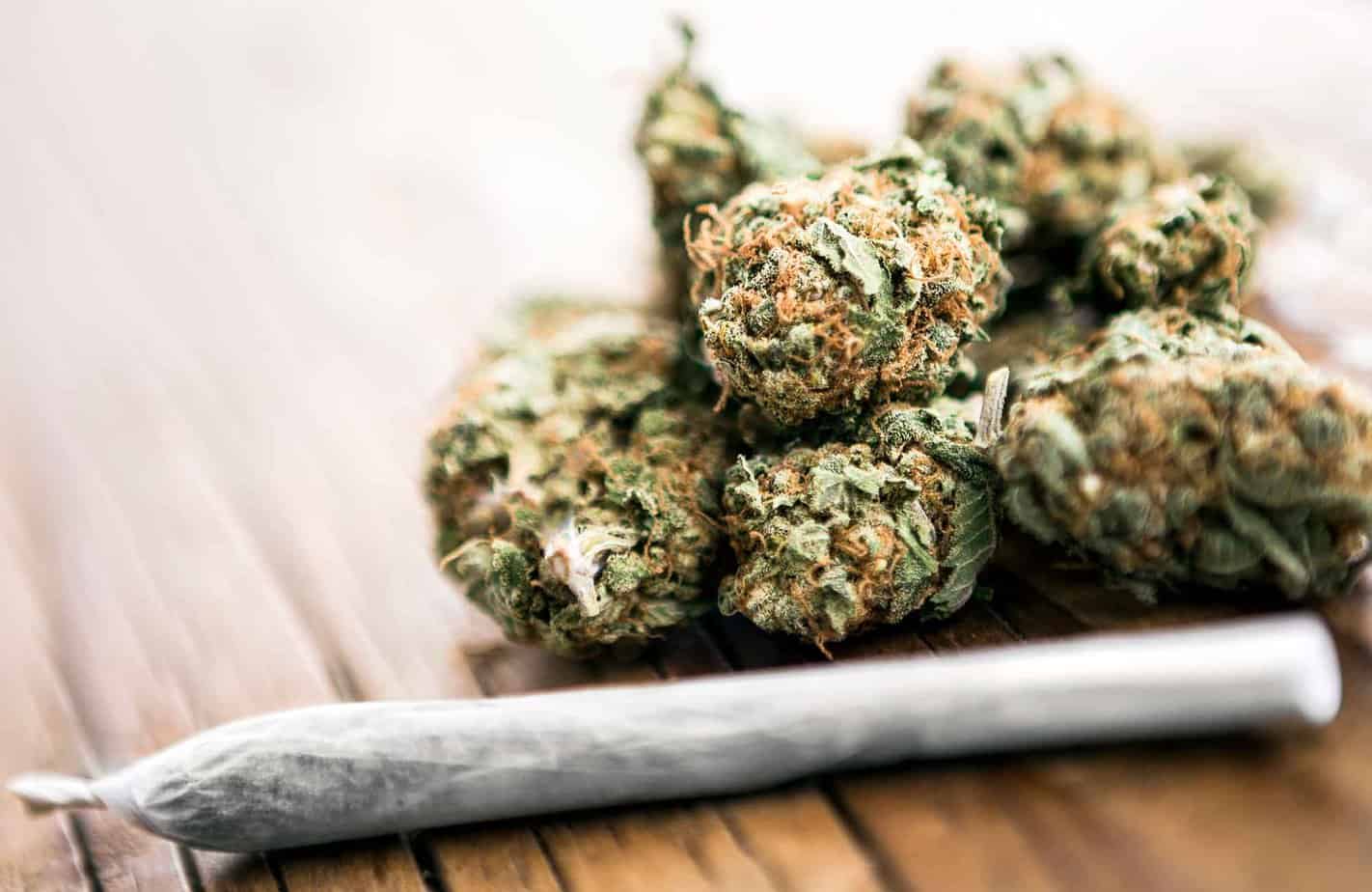Marijuana is the most commonly used illicit drug in the United States ⎼ roughly 55 million adults admit that they use marijuana. Over the last decade, support for the drug, particularly for medicinal purposes, has skyrocketed. Currently, 33 states have legalized some form of cannabis consumption, including ten states that have legalized recreational marijuana use. But as marijuana becomes more accepted in society, we must ask ourselves: is it as harmless as many are making it out to be, or is it the gateway drug we’ve been warned about?
What is Marijuana?
Also referred to as weed, marijuana is a naturally occurring, psychoactive drug that can either be smoked or made into edible products. It is typically used for its sedative properties. It also reduces inhibitions and enhances sensory perception.
Side Effects of Marijuana
Although many consider the drug to be harmless, it can deeply impact an individual’s state of mind and cause them to experience the following symptoms:
- Panic or anxiety
- Paranoia
- Delusions
- Hallucinations
- Delirium
- Difficulty concentrating
- Impaired judgement
- Slowed coordination
While these side effects typically only last about two to six hours, continuous marijuana use has been linked to an increased risk of developing depression and experiencing suicidal thoughts as well as cardiovascular disease and breathing problems.
Teens and Marijuana
In 2017, marijuana use among teenagers rose to 24 percent. This has been greatly attributed to the increasing popularity of vaping. But what is most concerning is the change in how teens view marijuana ⎼ in the last year, there was a four percent decrease in the number of high school students who disapproved of regular marijuana use.
Effect of Marijuana on Teens
Because adolescents’ brains are still developing, the impact that marijuana has on the brain is more severe in teens than in adults. The effects can be long-lasting and have a deep impact on a teen’s future.
- Regular marijuana is linked to poor school performance as well as an increased high school drop out rate.
- Because marijuana can significantly impair judgement, teens who use it are more likely to engage in risky behavior that can result in injury or death.
- Despite the common misconception that marijuana is not addictive, one in six teens who regularly use the drug develop marijuana use disorder.
Marijuana: The Gateway Drug?
For decades, there has been a heated debate on whether marijuana is harmful or not. Supporters of the drug often boast about its health benefits for cancer patients or its use in the treatment of chronic pain. Those who oppose it have called it a gateway drug, claiming that it can lead to the use of “hard” drugs.
While marijuana has been successful in treating side effects associated with certain medical conditions, there is also validity to the belief that marijuana use, particularly at a younger age, can increase the likelihood that an individual will use other substances later in life. According to an Australian study of 311 twins, the twins who started using marijuana before the age of 17 developed higher rates of substance abuse problems. This was particularly true when it came to alcohol, with 43 percent of marijuana users becoming dependent on alcohol later in life. The results of this study are not unique. A study conducted by Bristol University also found a correlation between early marijuana use and the use of cocaine, amphetamines, hallucinogens, and heroin later in life.
How Marijuana Can Lead to Other Drugs
While there is no definitive answer for why marijuana use increases the risk of becoming dependent on other drugs or alcohol, the National Institute for Drug Abuse believes these reasons play a role:
- Marijuana alters the brain and its reward system, often causing individuals to lose pleasure in typical day-to-day activities. This may cause them to seek stronger drugs to achieve the happiness, peace, or euphoric feeling they desire.
- Those who regularly use marijuana are more likely to associate with other drug users who can introduce them to other substances, increasing the temptation to use.
- Marijuana impairs judgement, which can cause individuals to be more willing to experiment with drugs they may have not tried if they had not been under the influence of marijuana.
While data supports the idea that using marijuana, especially at a young age, increases an individual’s likelihood to use other drugs and become dependent, there is no conclusive data that shows that marijuana use causes the abuse of other drugs. However, the increased risk is worth noting, along with the other side-effects of long-term marijuana use. Although marijuana is not considered a “hard drug,” it is a mind-altering substance that can negatively impact an individual’s life.
If you or a loved one is struggling with addiction, Mountainside can help.
Click here or call (888) 833-4676 to speak with one of our addiction treatment experts.

 By
By 







